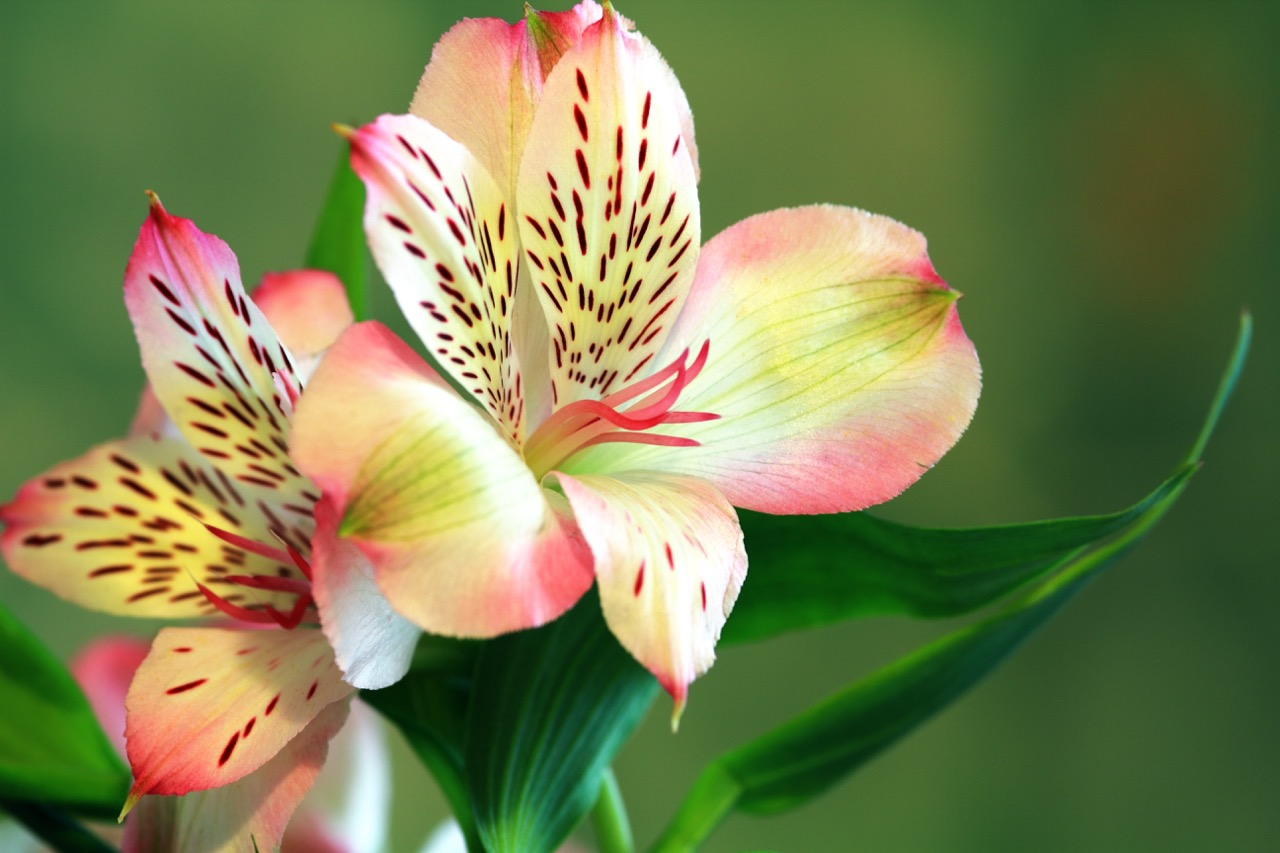What is Flower photography?
Flower photography is a popular genre that involves capturing the beauty of flowers and other botanical subjects. It requires careful attention to detail and technique to showcase the intricate details and colors of flowers. With the right equipment and techniques, flower photography can be a rewarding and visually captivating form of art.
Choose proper equipment
Camera: Any camera with manual controls can work for flower photography, whether it’s a DSLR, mirrorless camera, or even a high-end smartphone. However, a camera with a larger sensor and interchangeable lenses can offer more flexibility and better image quality.
Lens: A macro lens is ideal for flower photography, as it allows you to get up close and capture the intricate details of the flower. A lens with a focal length of 90mm or longer can give you a good working distance and help you avoid casting shadows on the flower.
Filters: Polarizing filters can help reduce glare and improve color saturation, while neutral density filters can be used to control the amount of light entering the camera.
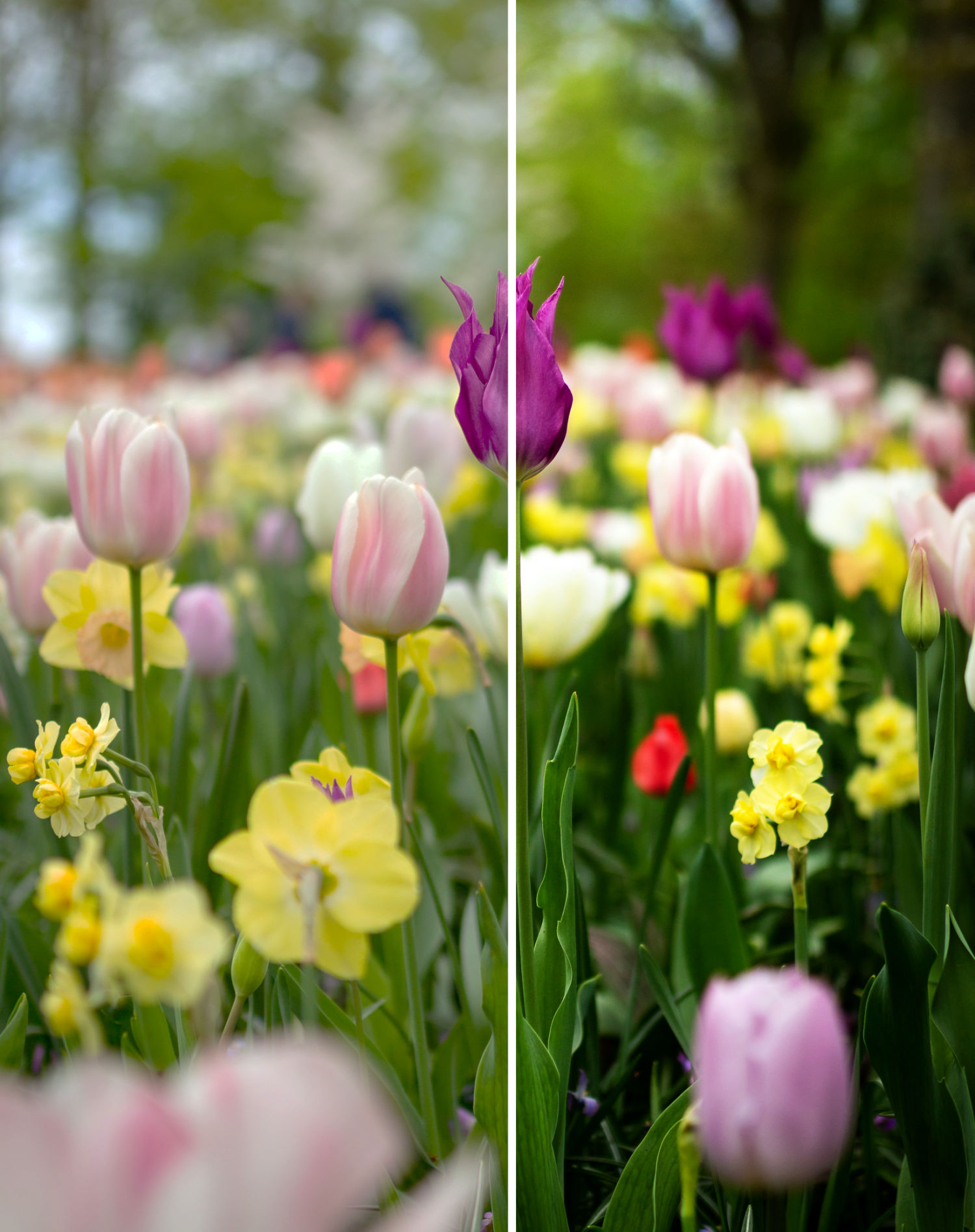
Tripod: A sturdy tripod can help you keep your camera steady and avoid blurry photos. Look for a tripod with a center column that can be tilted or rotated to help you get the right angle.
Remote shutter release: A remote shutter release can help you avoid camera shake when taking photos. It allows you to trigger the camera without touching it, which can be especially helpful when using a tripod.
Choose flower theme
Beauty and aesthetics: Flowers are often used in photography because of their inherent beauty and aesthetic appeal. Photographers may focus on capturing the colors, shapes, and textures of flowers to create visually stunning images.
Symbolism and meaning: Flowers can also have symbolic meaning, and photographers may use them to explore themes such as love, beauty, and mortality. For example, a photo of wilted flowers can represent the transient nature of life.
Nature and the environment: Flowers are a part of the natural world, and photographers may use them to explore themes related to nature and the environment. For example, a photo of a flower in a field can represent the beauty and fragility of nature.
Macro photography: Macro photography, which involves getting up close and personal with the subject, is a common theme in flower photography. Photographers may focus on capturing the intricate details of flowers, such as their petals and stamen.
Still life photography: Flowers are a common subject in still life photography, where objects are arranged in a composition and photographed. Photographers may use flowers to create visually appealing and interesting still-life compositions.
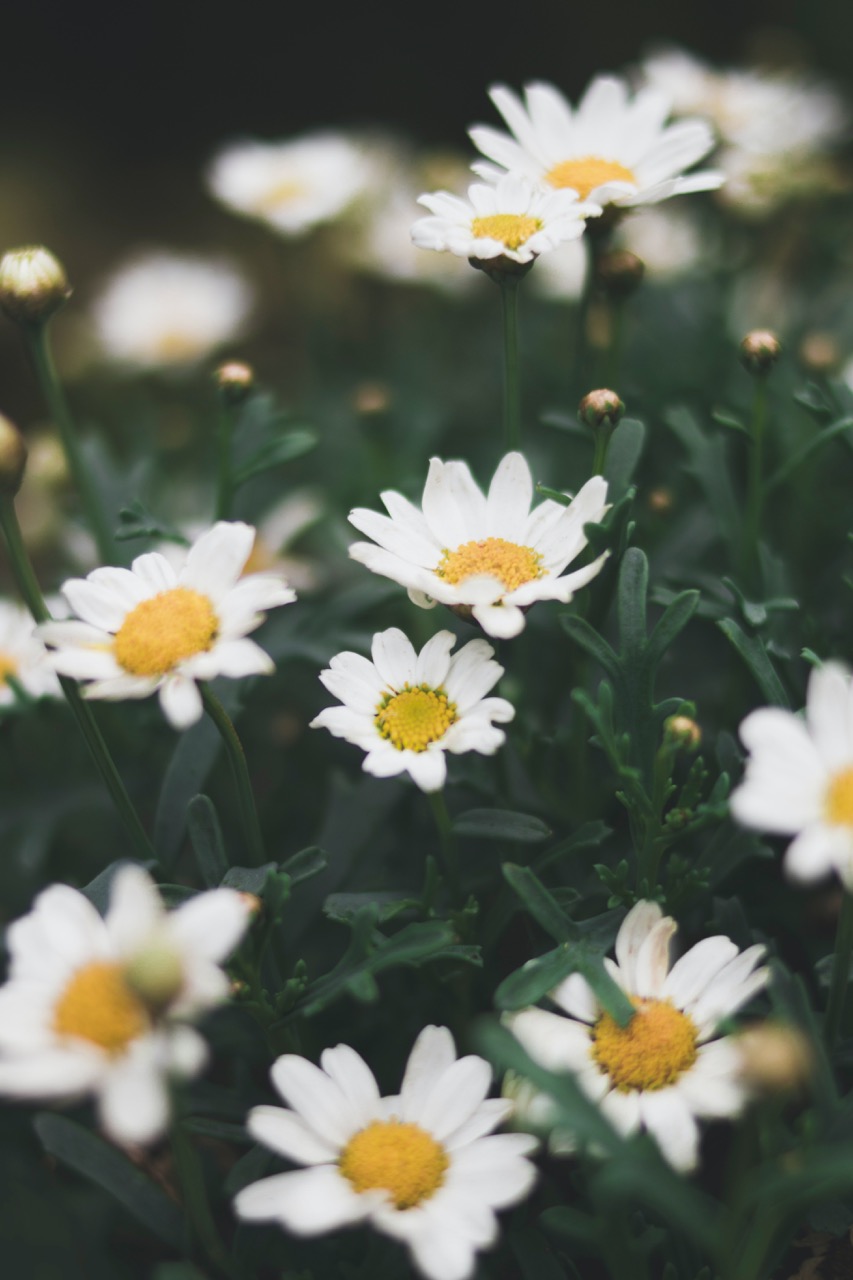
Techniques to use
Choose the right time of day: The best time to take flower photos is early in the morning or late in the afternoon when the light is soft and diffused. This helps to reduce harsh shadows and bring out the natural colors of the flowers.
Get up close: Use a macro lens or macro mode on your camera to get up close and capture the intricate details of the flowers. This allows you to showcase the textures, patterns, and shapes of the flowers in your photos.
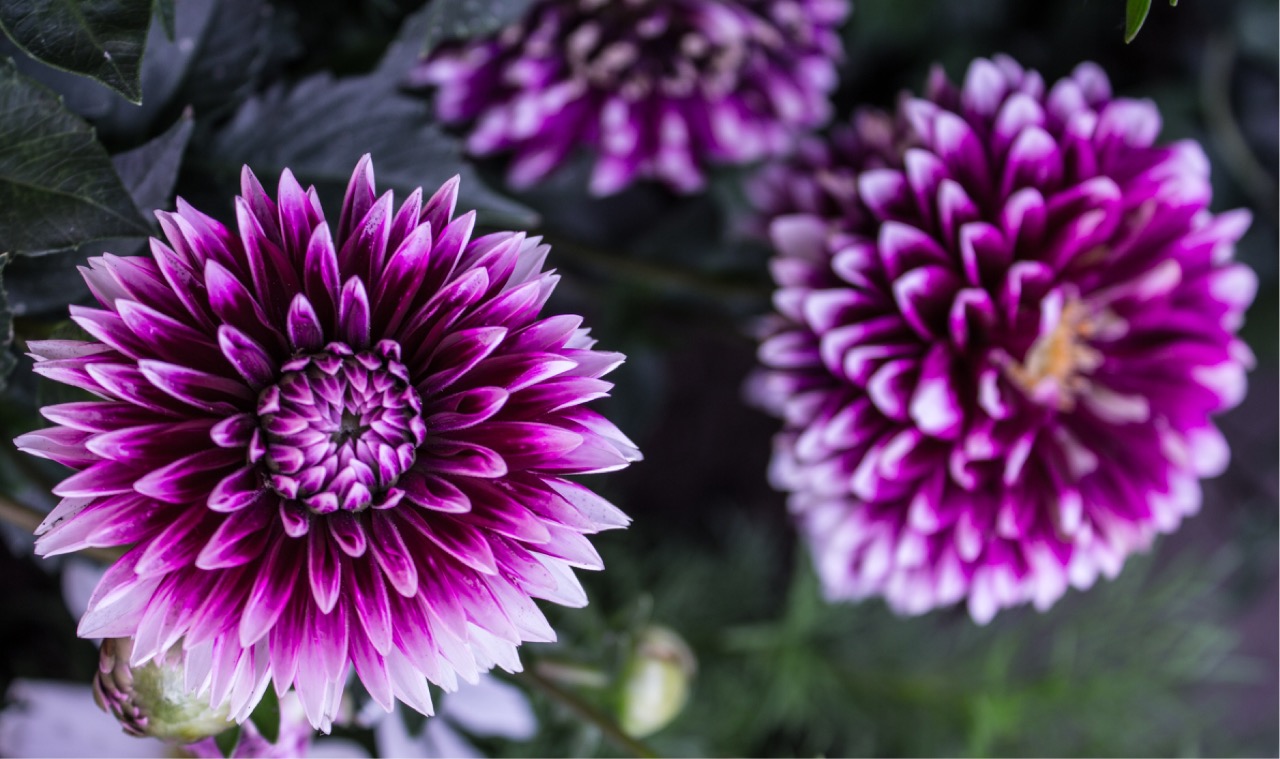
Find interesting angles and compositions: Experiment with different angles and compositions to find the most interesting perspective. Try shooting from above, below, or at eye level to create unique and visually appealing images.
Use a shallow depth of field: A shallow depth of field can help to create a soft and dreamy effect in your flower photos. Use a wide aperture, such as f/2.8 or f/4, to blur the background and create a shallow depth of field.
Look for interesting backgrounds: The background of your photo can make a big difference. Look for clean and simple backgrounds that don’t distract from the flowers. You can also experiment with using natural elements, such as leaves or rocks, to create interesting backgrounds.
Use natural light: Natural light is the best way to bring out the natural colors of the flowers. Look for soft and diffused light, such as during the early morning or late afternoon, to create beautiful and natural-looking images.
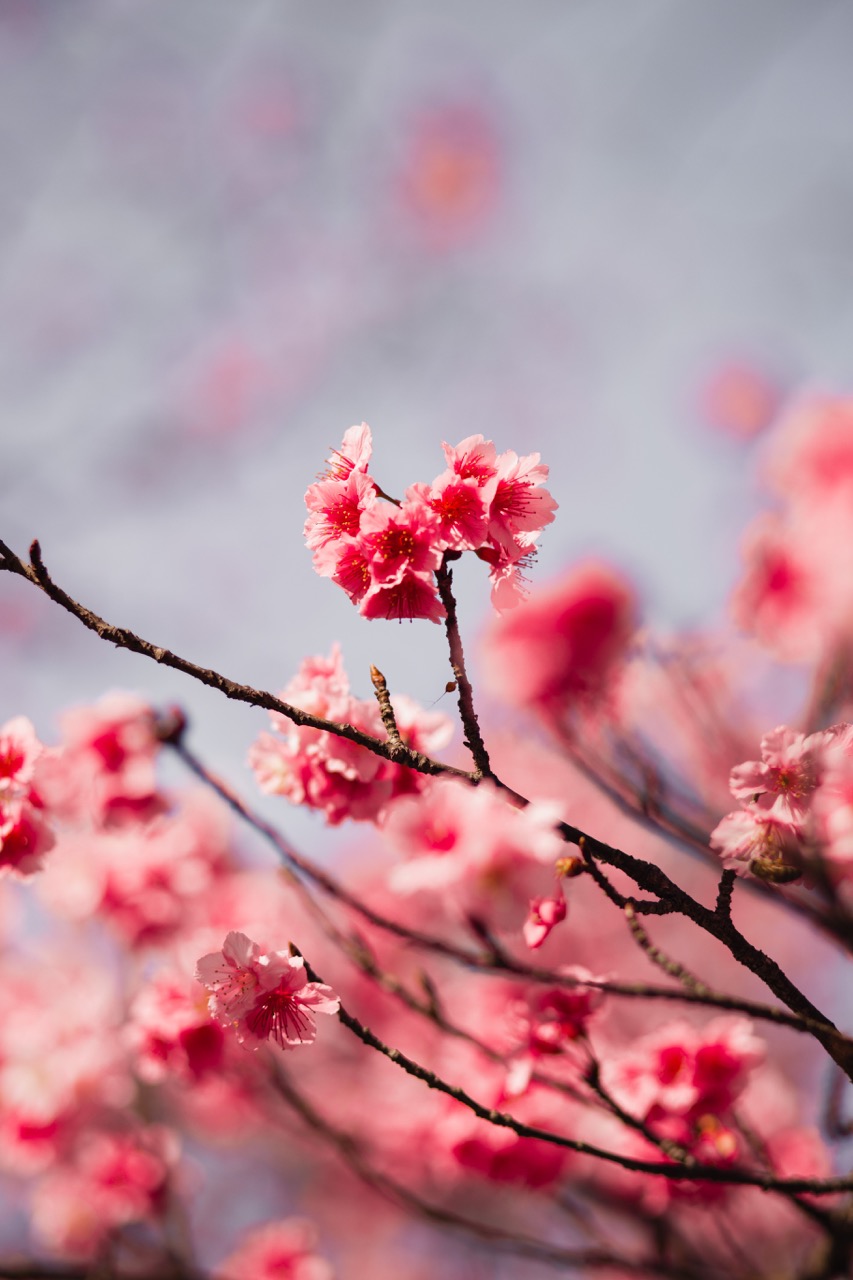
- Stay patient and persistent: Flower photography can be challenging, as flowers are often small and fragile. Be patient and persistent, and take the time to experiment with different techniques and compositions to find the perfect shot.
Overall
Flower photography is a great way to explore the beauty of nature and showcase the intricate details of flowers. With the right equipment and techniques, you can create stunning and visually appealing images that capture the essence of these natural wonders.
